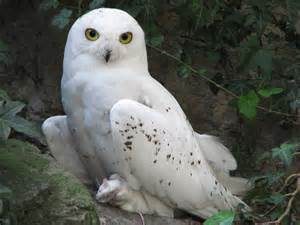
Snowy owl numbers fluctuate year to year based on their primary prey, lemmings, giant mouse like rodents, whose population also oscillates based on food supplies and weather conditions in the arctic. When populations spike, the owls respond with higher than normal breeding, with some nests containing ten or more eggs. The subsequent invasions later that fall result in not so much a food scarcity, but because of the abundance of food earlier that summer. Young owls tend to leave the arctic each winter, resulting in the larger than normal invasions.
Sightings in the last week have occurred throughout northern Michigan and Wisconsin, particularly along Lake Michigan and Lake Superior, with the first Indiana sighting occurring in Marshall County this past weekend. Owl fans should be on the watch now for the first snowy owls entering Indiana. Areas along the lakefront in northwest Indiana are often the first locations that host snowy owls. While later in the season, open agricultural land statewide can be a good location to be on the search.
“The next couple weeks should really show us how much this winter’s owl invasion will be and is a great opportunity for those wishing to see Hedwig in the flesh,” said Brad Bumgardner, executive director for the Indiana Audubon. “Bird watching Facebook pages and the Cornell Lab’s eBird.com are some of the best places to seek out current sightings. However, it’s important to remember that these birds are out of their element and observers should keep their distance, as to not stress these already weary, winter travelers.”
A few snowy owls can indeed suffer from lack of food or not knowing the dangers not normally found in the arctic. Should you find an injured owl, visit the Indiana DNR wildlife rehabilitators list at www.in.gov/dnr/fishwild/files/fw-RehabList.pdf to find a rehabber near you.



